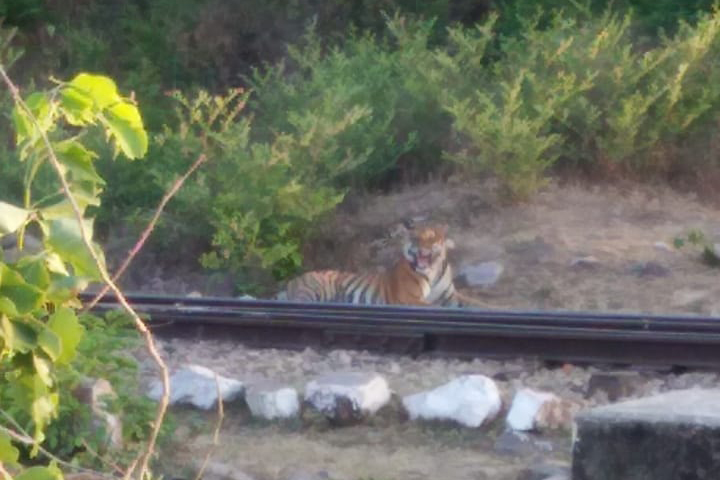
“Abhi teen din pehle hi yahan tiger baitha tha! Pul ke uss paar. Yahan aksar aata jaata hai.” The gateman on duty near the Saryu Link Canal bridge was showing a grainy image on his mobile phone – a tigress sitting just beside the railway line, deep inside the heart of the Terai.
We were back again on the meter gauge railway line that connects Mailani with Bahraich in Uttar Pradesh. This being the northernmost surviving meter gauge (MG) line in India – for the time being secured by the the fact that it passes through protected wildlife areas such as the Dudhwa National Park and Katarnia Ghat Wildlife Sanctuary.
Leaving behind the squalid environs of Bahraich, we drove through lush paddy fields to arrive at Nanpara Junction – another town which can ascribe its importance to the Indian Railways. At Nanpara, the line splits in two, one headed through the forests to Mailani, and a short spur heading north towards to the border with Nepal. The station itself, with its giant green canopy, a lovely reminder of all things languid. The railways have been trying hard to uproot the MG line and replace it with the characterless, modern broad. Just that the law has so far not allowed them to build these tracks through the protected forests. And for good measure, as the faster trains invariably come in to conflict with the wildlife.
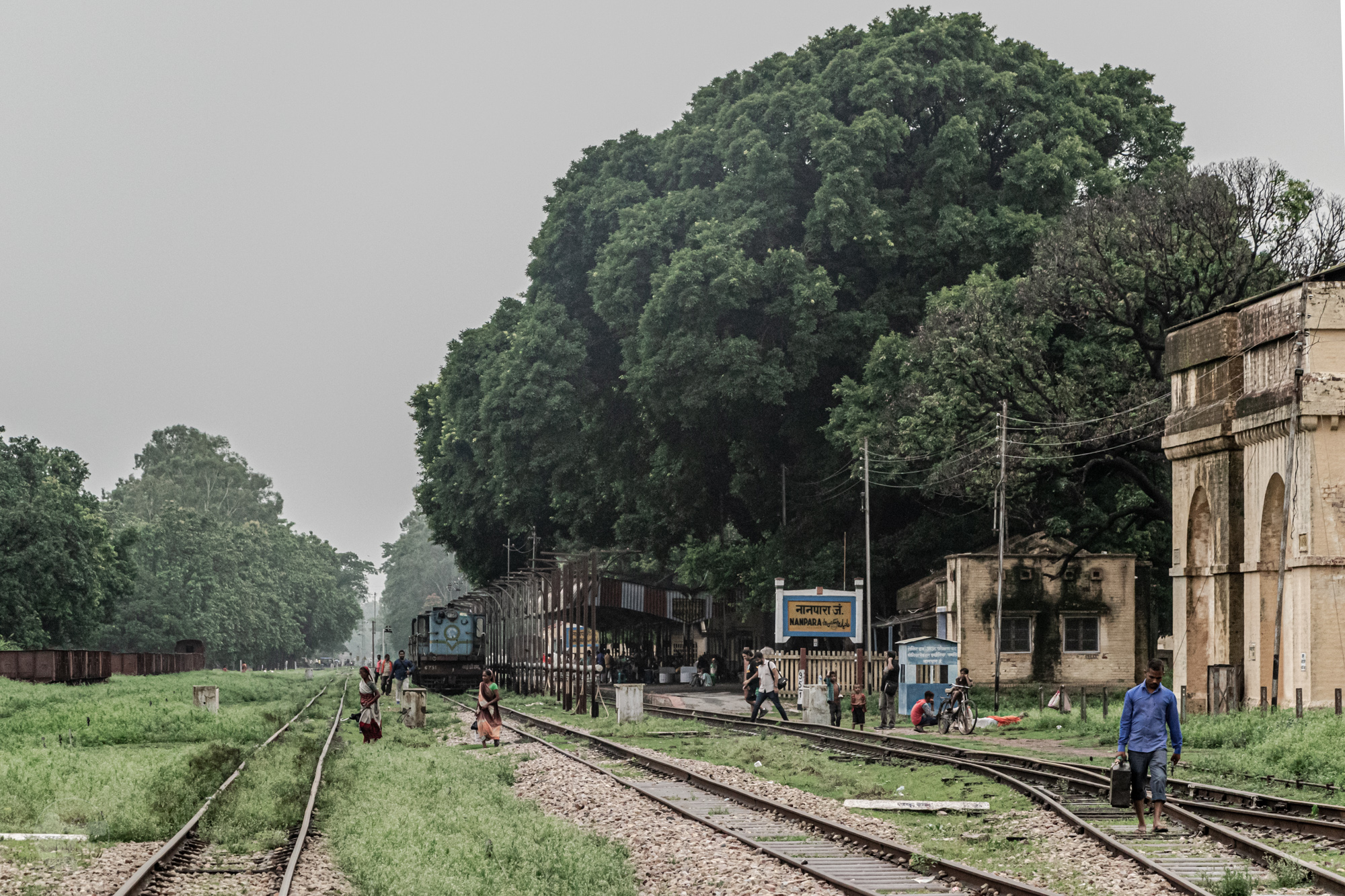
Two parallel lines head out of Nanpara to the North, and then one curves away towards the border with Nepal, around 20 km away. The line ends at town of Rupaidiha, but in true railway fashion, the station is called Nepalgunj Road, the gateway to the large town of Nepalgunj, just across the frontier
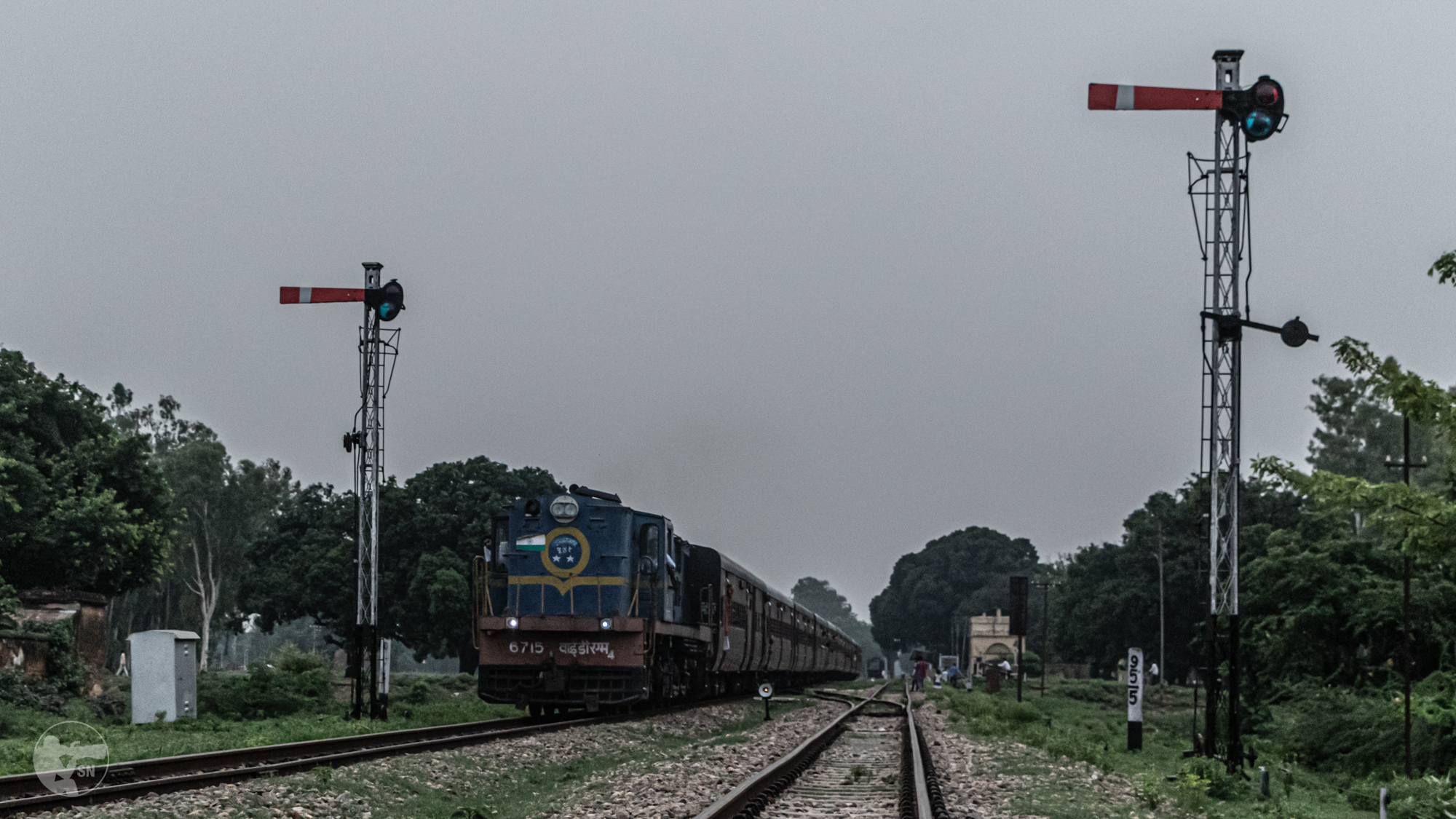
The Nepalgunj line crosses endless fields of paddy, the occasional canal and has one intermediate halt, the town of Babagunj. The Terai receives plenty of rainfall, and its fields are irrigated by the snowmelt waters coming down from the Himalayas. The Sharda and Sarayu rivers being the principal rivers in the region.
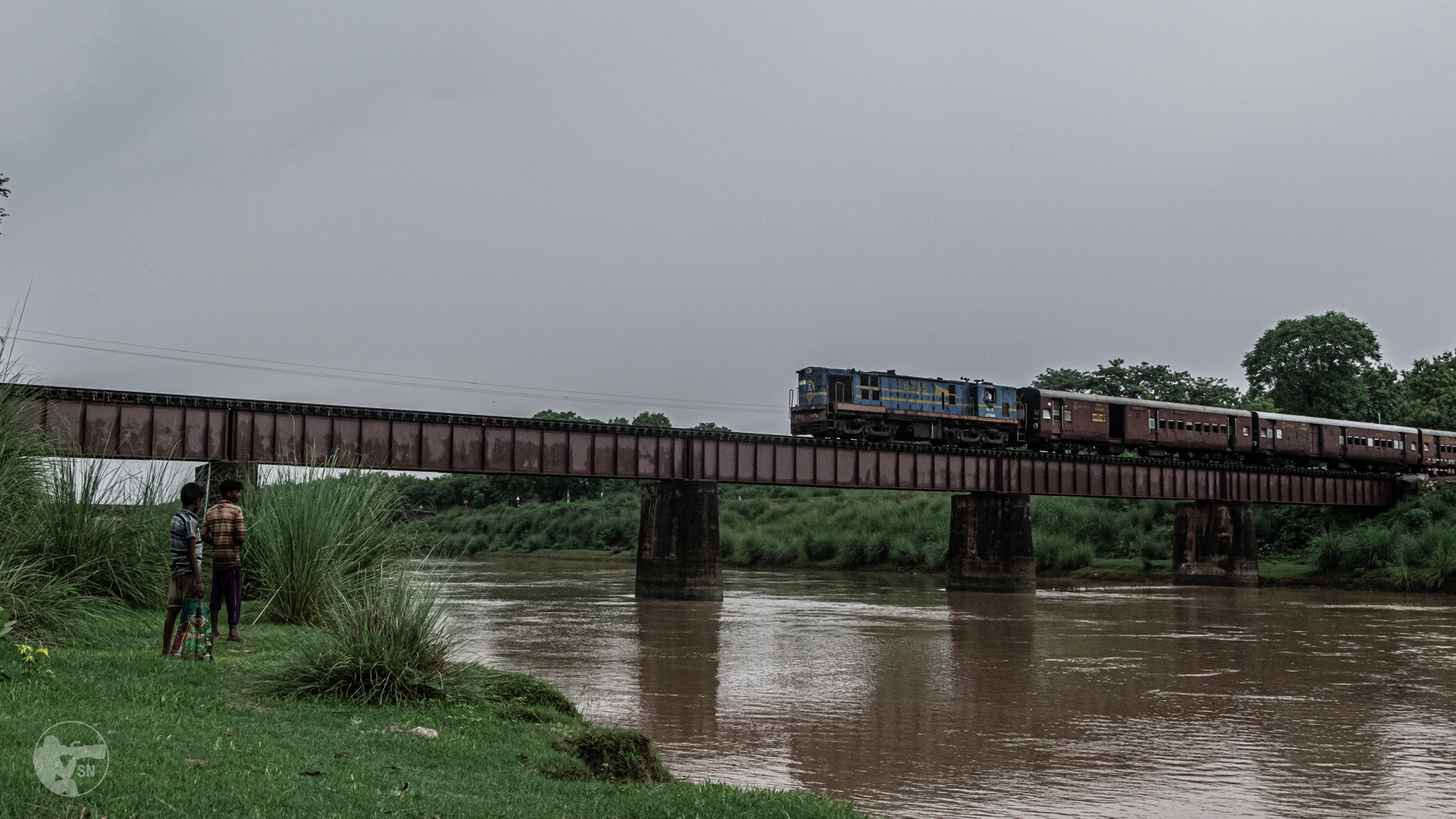
Babagunj is a blink and you miss hamlet. The station set a little away from the village is the picturebook bucolic vista. Amidst giant groves of trees, a single platform with a tiny station building serves the locals. The monsoons had been plentiful, and fresh grass meant healthy grazing for the local livestock.
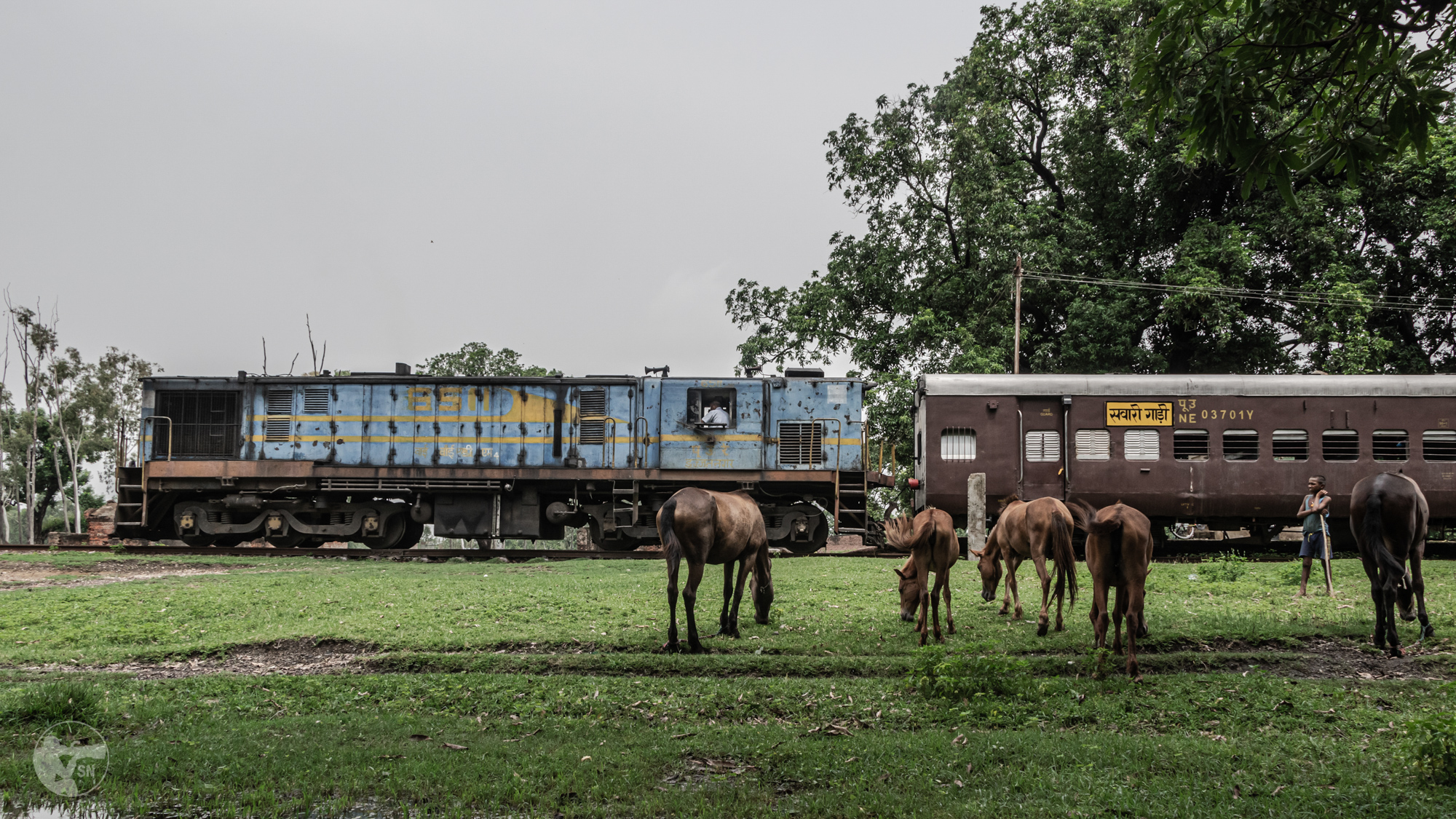
A little further up, the line ends at Nepalgunj Road. The border is barely a few hundred meters from the station. Many passengers are Nepalese nationals who use the line to make their in to India. Many Indians, travel to the bustling town of Nepalgunj, where they hold jobs in its busy hotels and casinos.
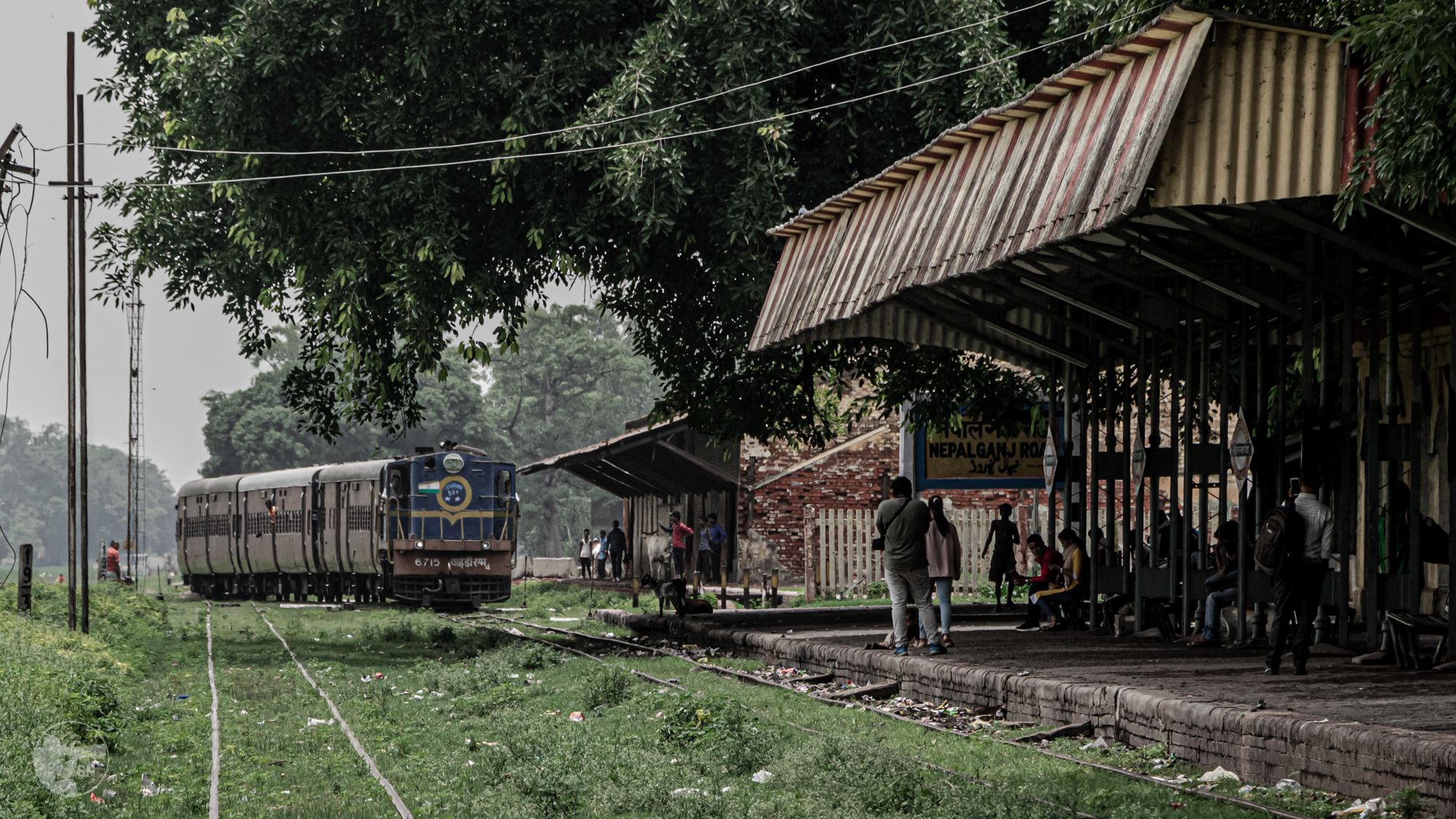
Having brought the train in, the loco immediately detaches and reverses for the return run to Nanpara, and onward to Bahraich. Four pairs of trains run on the section daily, underlining the importance of this line.
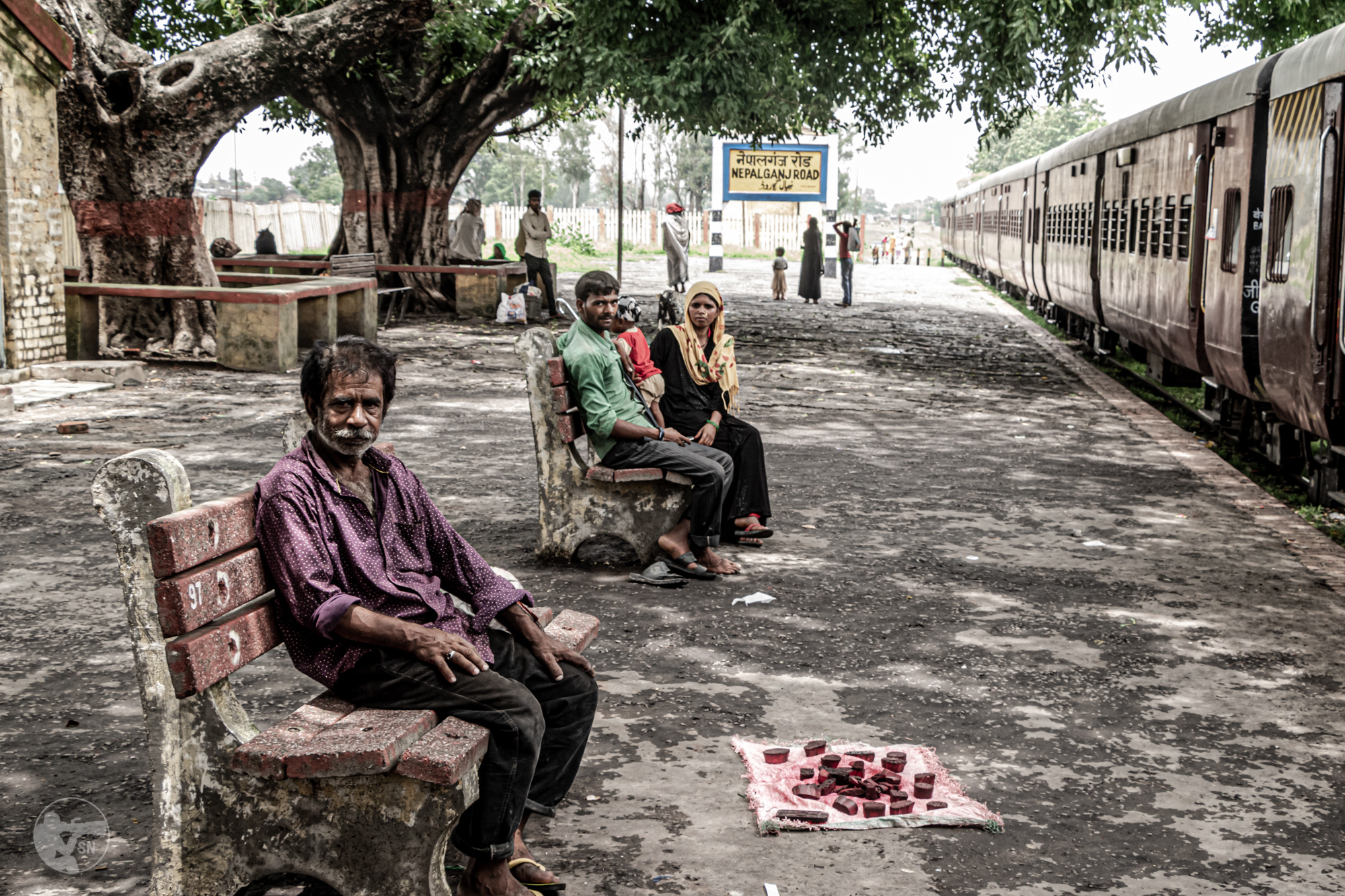
The train stops again at Babagunj on its way back. Years ago, there was even more traffic on the line, including freights – necessitating crossing stations. That is not the case any more, the section now allows one train only, in any direction and the station loop has been uprooted.
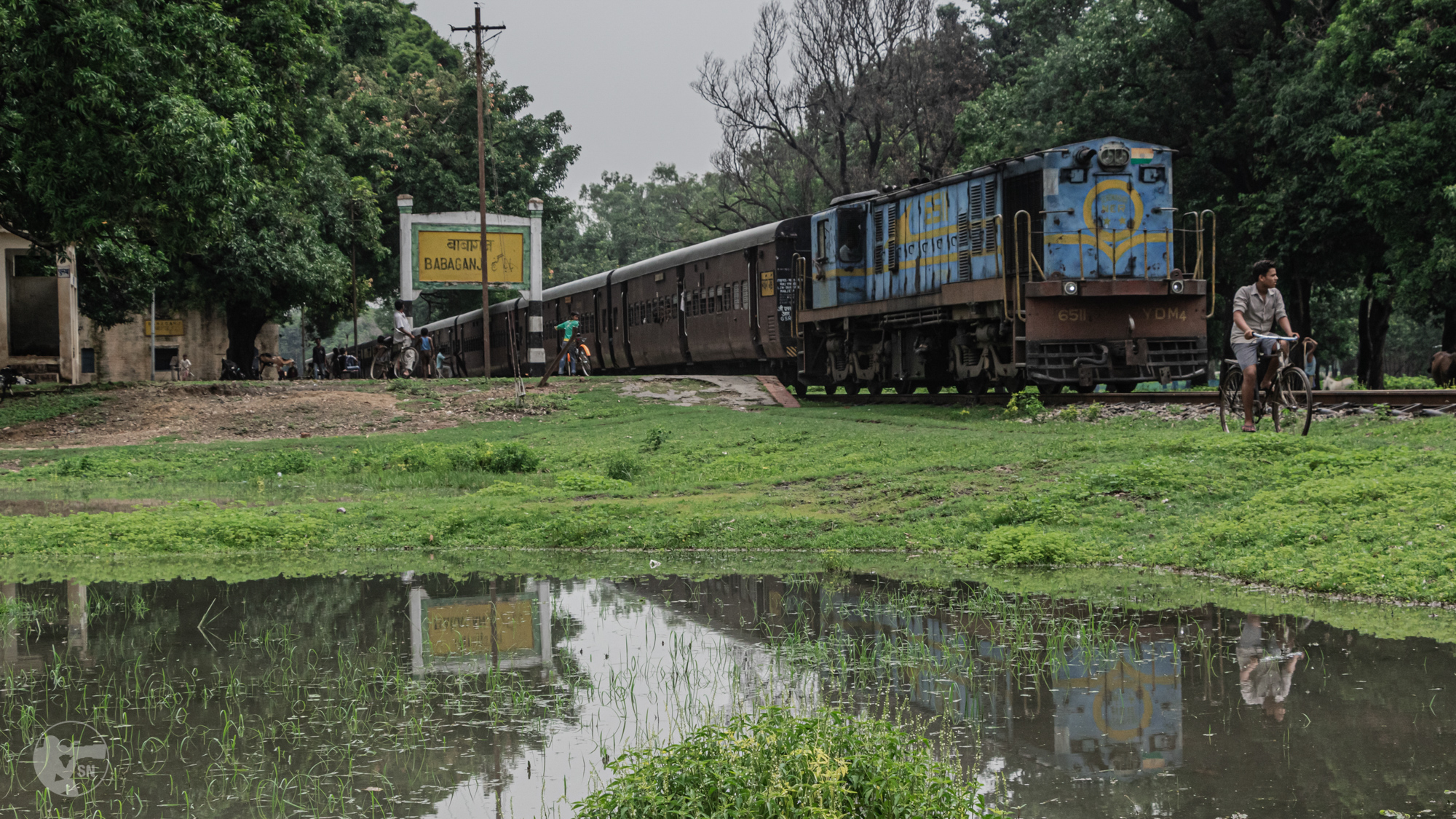
The second line from Nanpara continues North West towards Mailani. It passes through agrarian country till the town of Mihinpurwa, after which it enters the boundaries of the Katarnia Ghat Wildlife Sanctuary.
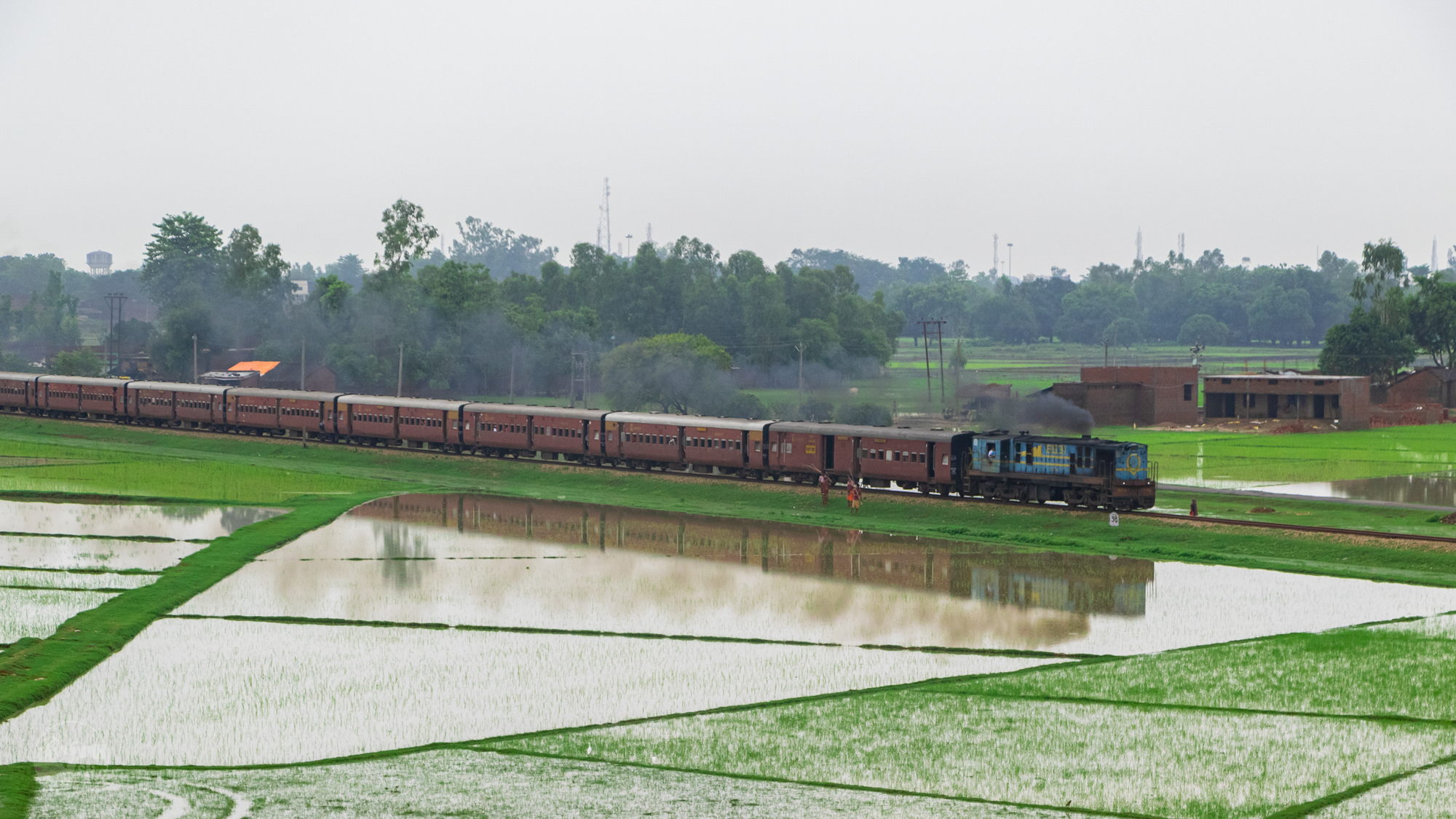
A few kilometers outside Nanpara, the line crosses the Babai river near Gai Ghat Halt, which meanders in from the foothills in Nepal. This is the second longest bridge on the section, after the one on the Sharda river near Palia Kalan.
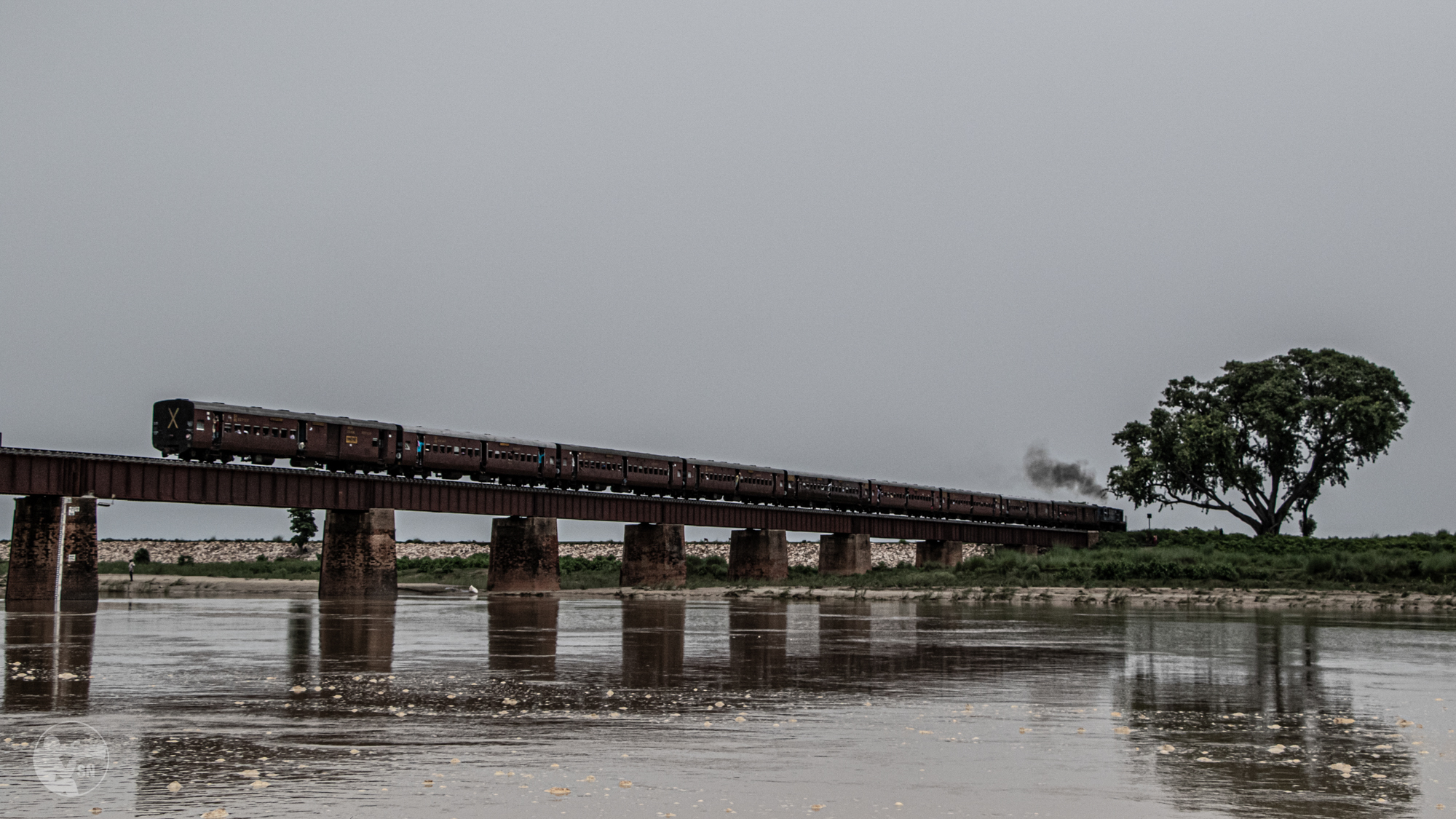
Mhinpurwa is a fairly important town in these parts. Being at the edge of the forest, it is the sole transport hub for many hamlets that surround the protected areas. As a result, the station becomes really busy with each train arrival.
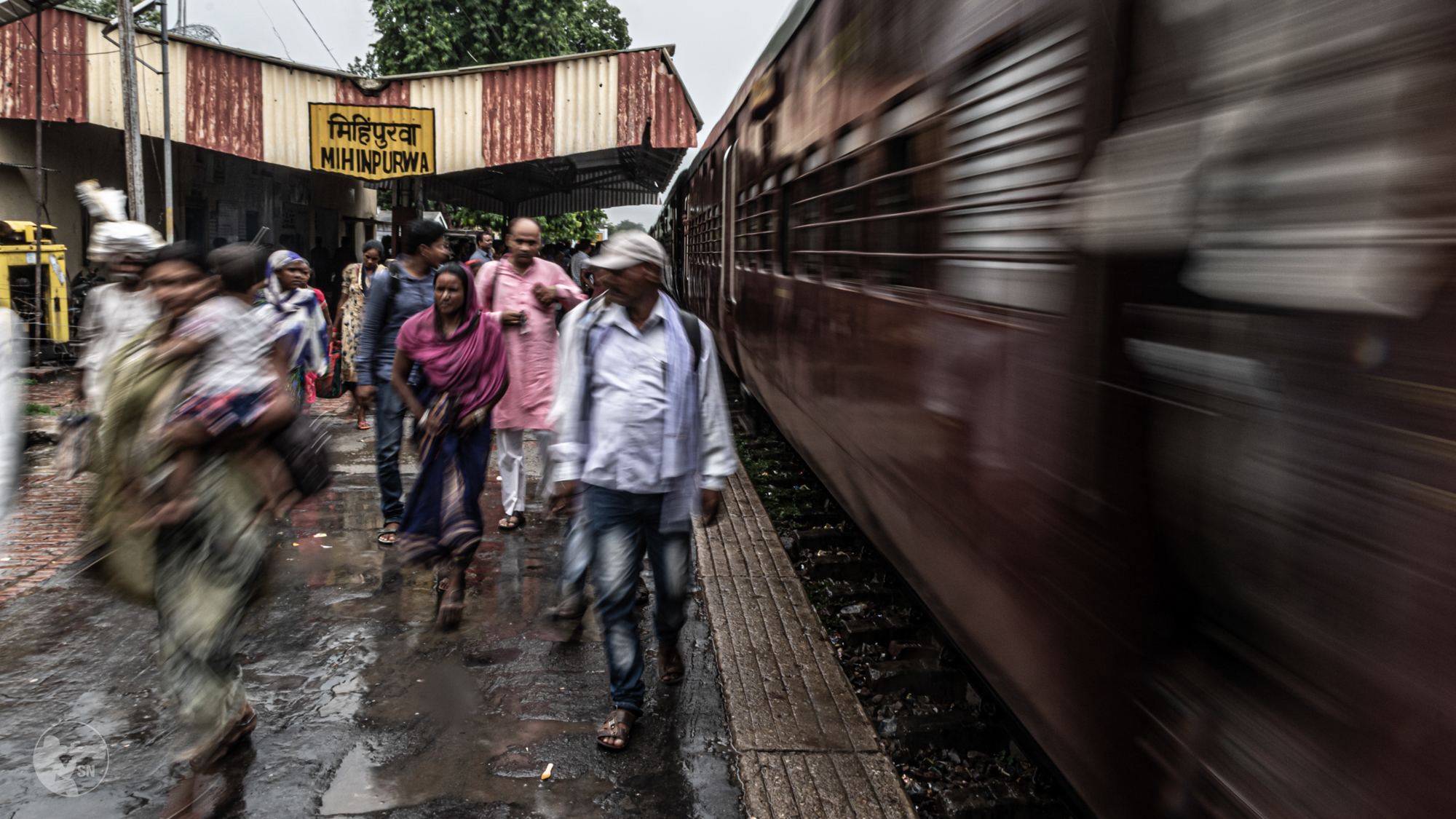
Just outside Mihinpurwa, the train enters the Katarnia Ghat wildlife sanctuary. The forest is an extension of the Pilibhit – Dudhwa corridor and is an important habitat for tiger and elephant populations. The vegetation in the forest is dominated the Sal trees, which were planted by the British to support the timber trade.
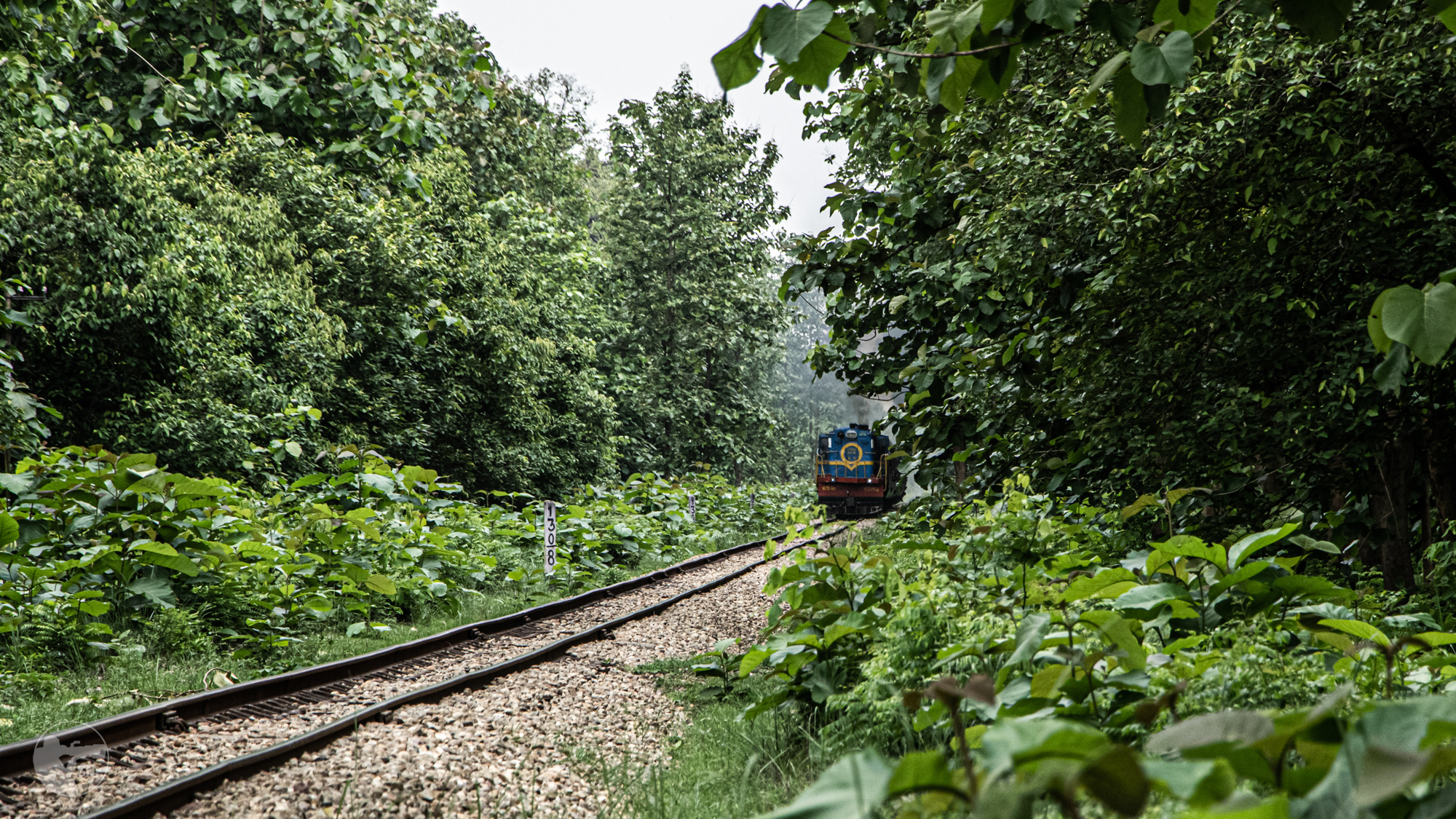
The line continues arrow straight for nearly 30 km through the forest, before turning East towards the Dudhwa National Park. There are few stations en route, serving mostly the forest posts and former logging stations. The Saryu Canal bridge, where the tiger was spotted is near one such station – Kakraha Rest House. The bridge is flanked by a public road, which runs through the park. And it is due to traffic on this road, that animals are wary and seldom seen in broad daylight.
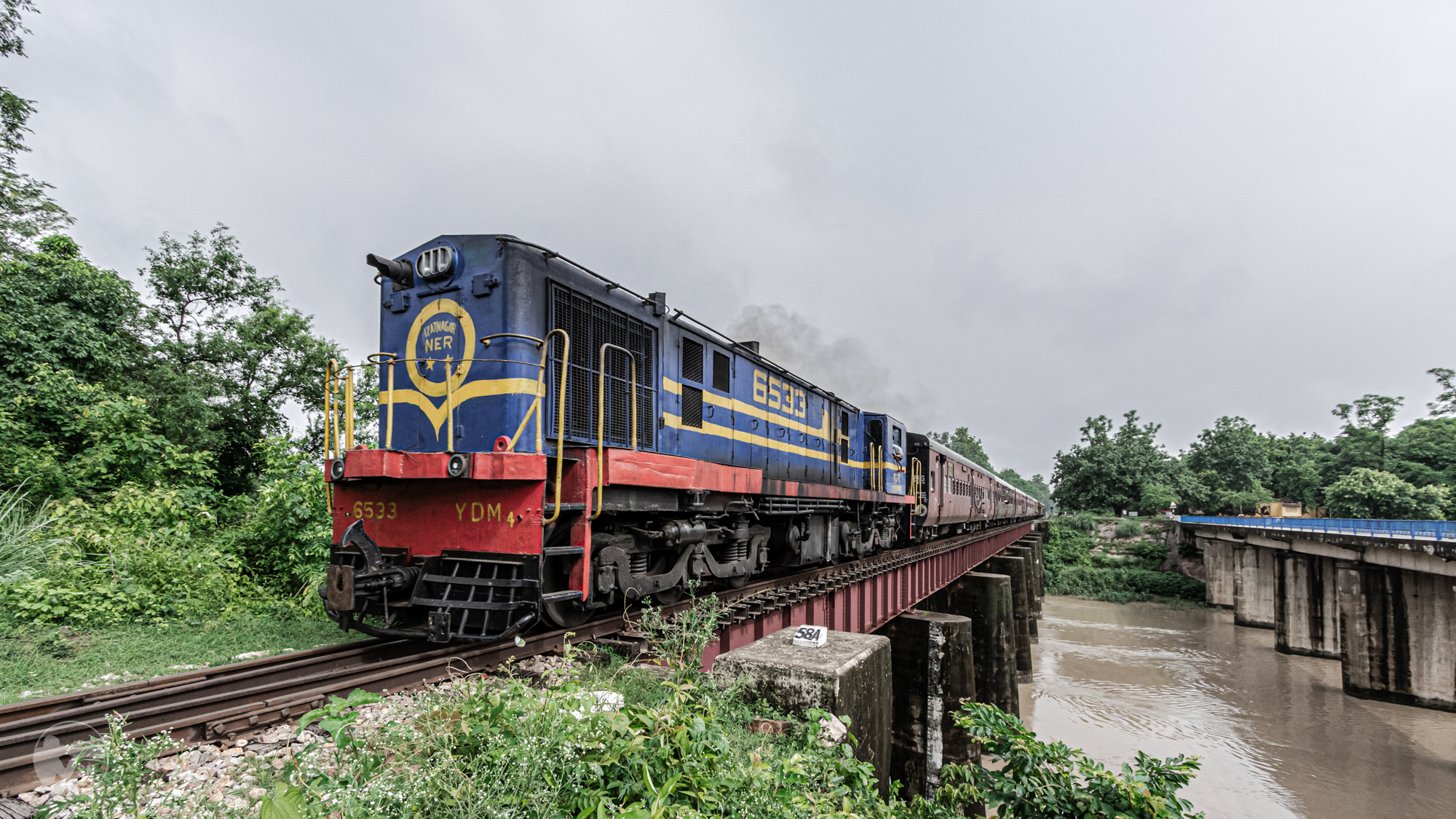
While we got trains aplenty, we weren’t lucky enough to spot any major wildlife during our time there. Nevertheless, we were fairly satisfied – having experienced documented one of the last remaining meter gauge services in India. One only hopes that the railways preserve this line which runs in harmony with nature. Till then, may the tigers roam free and trains whistle freely.

Some more images from the trip

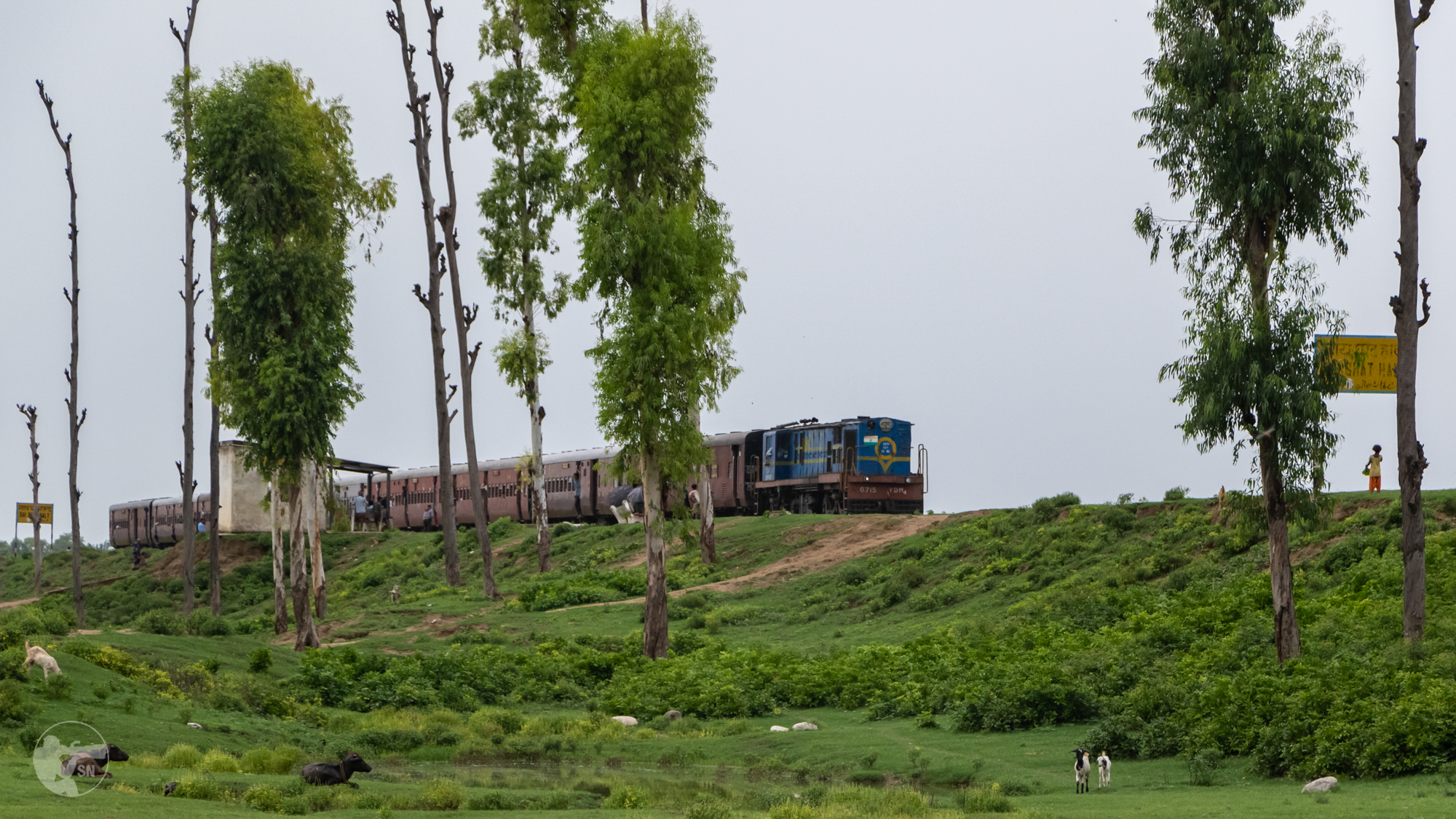
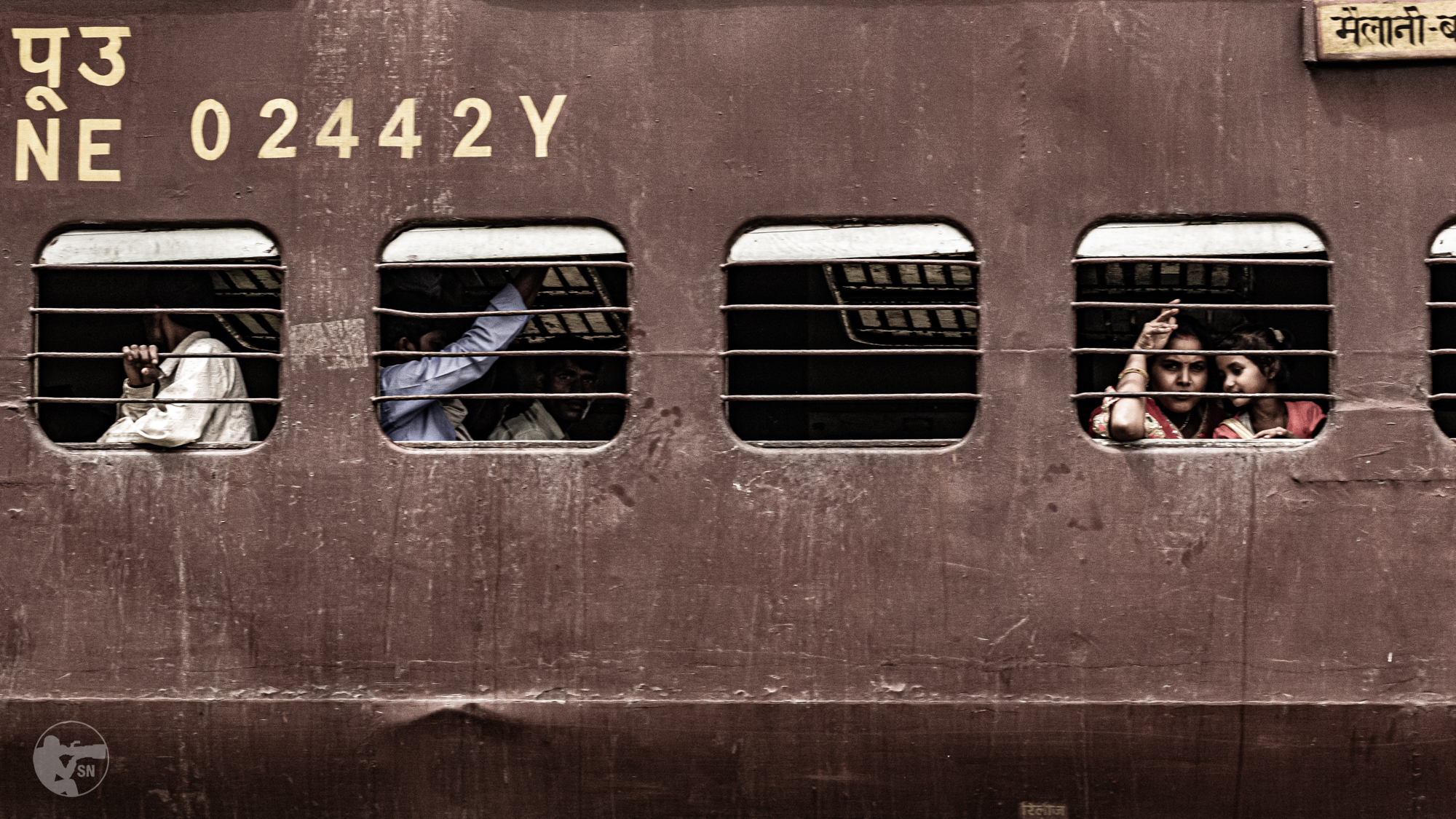
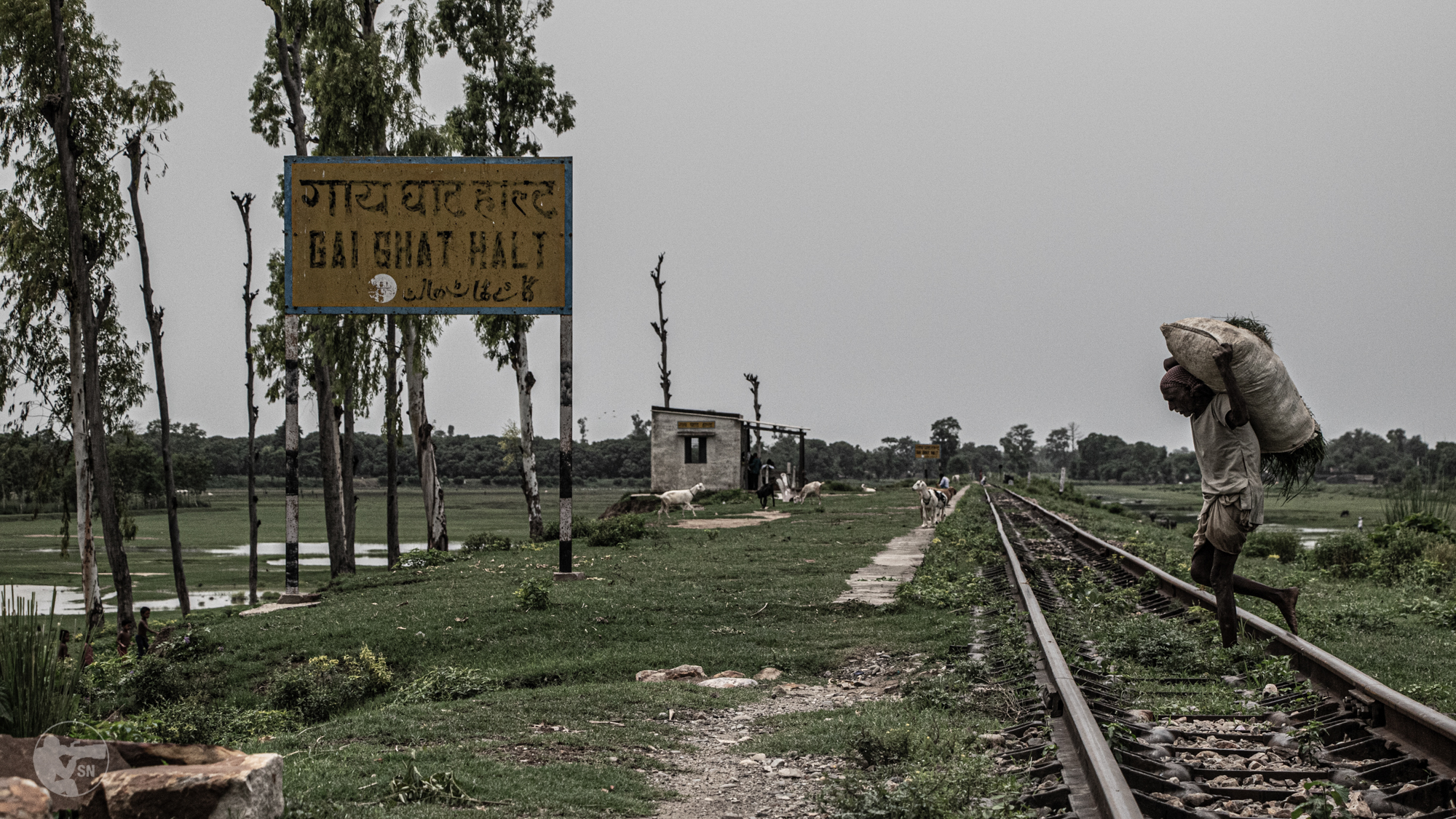
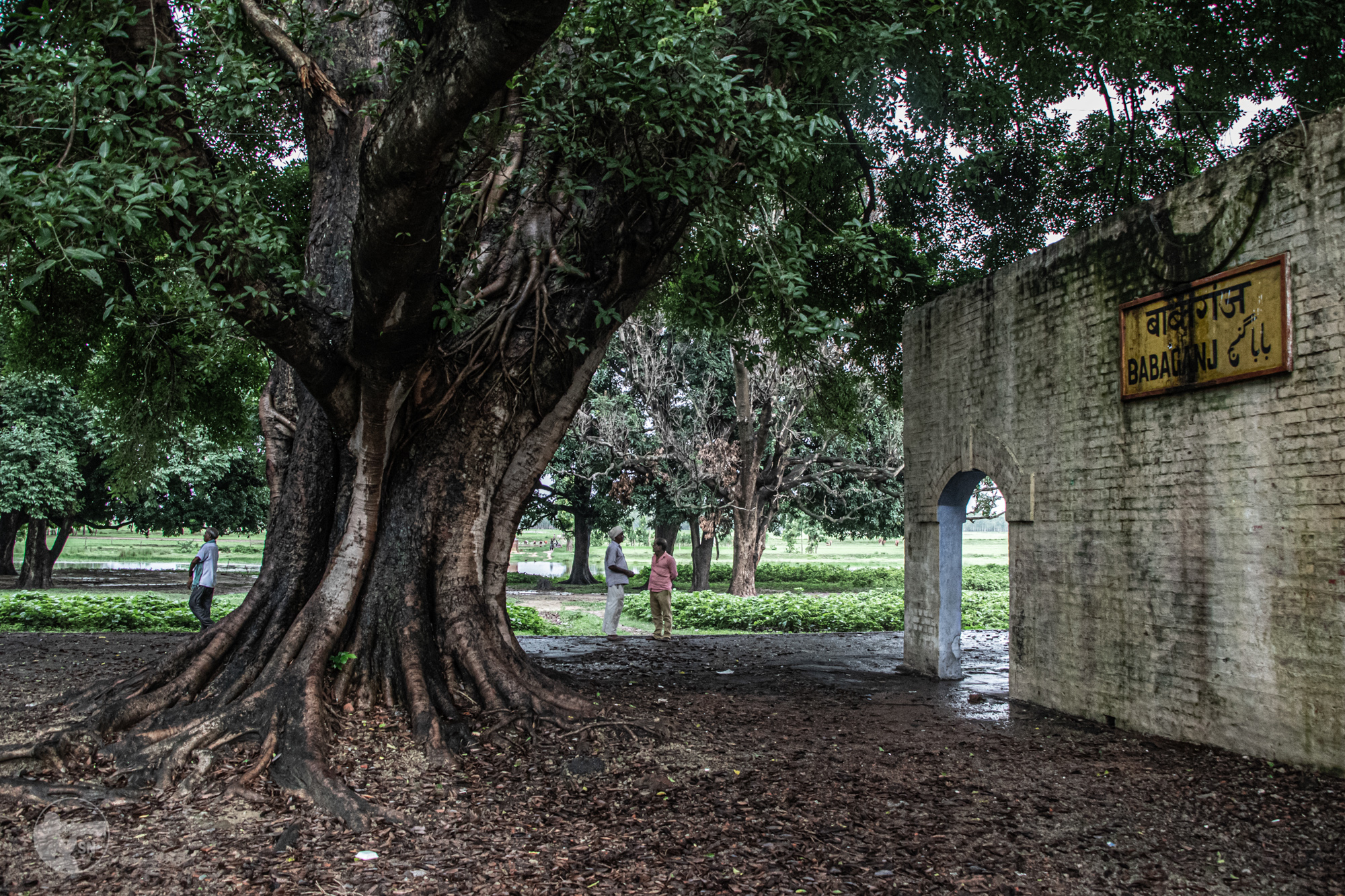
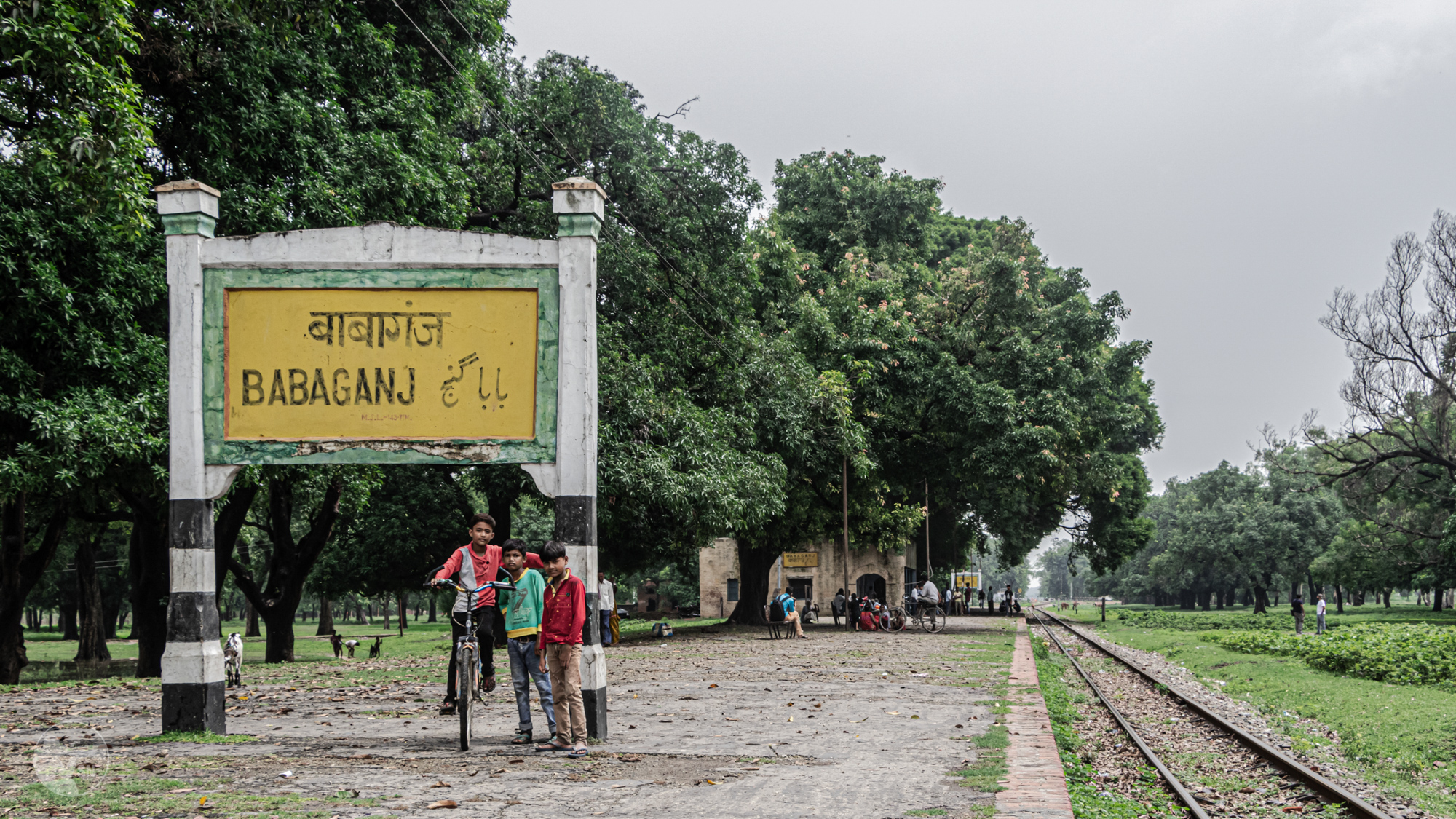
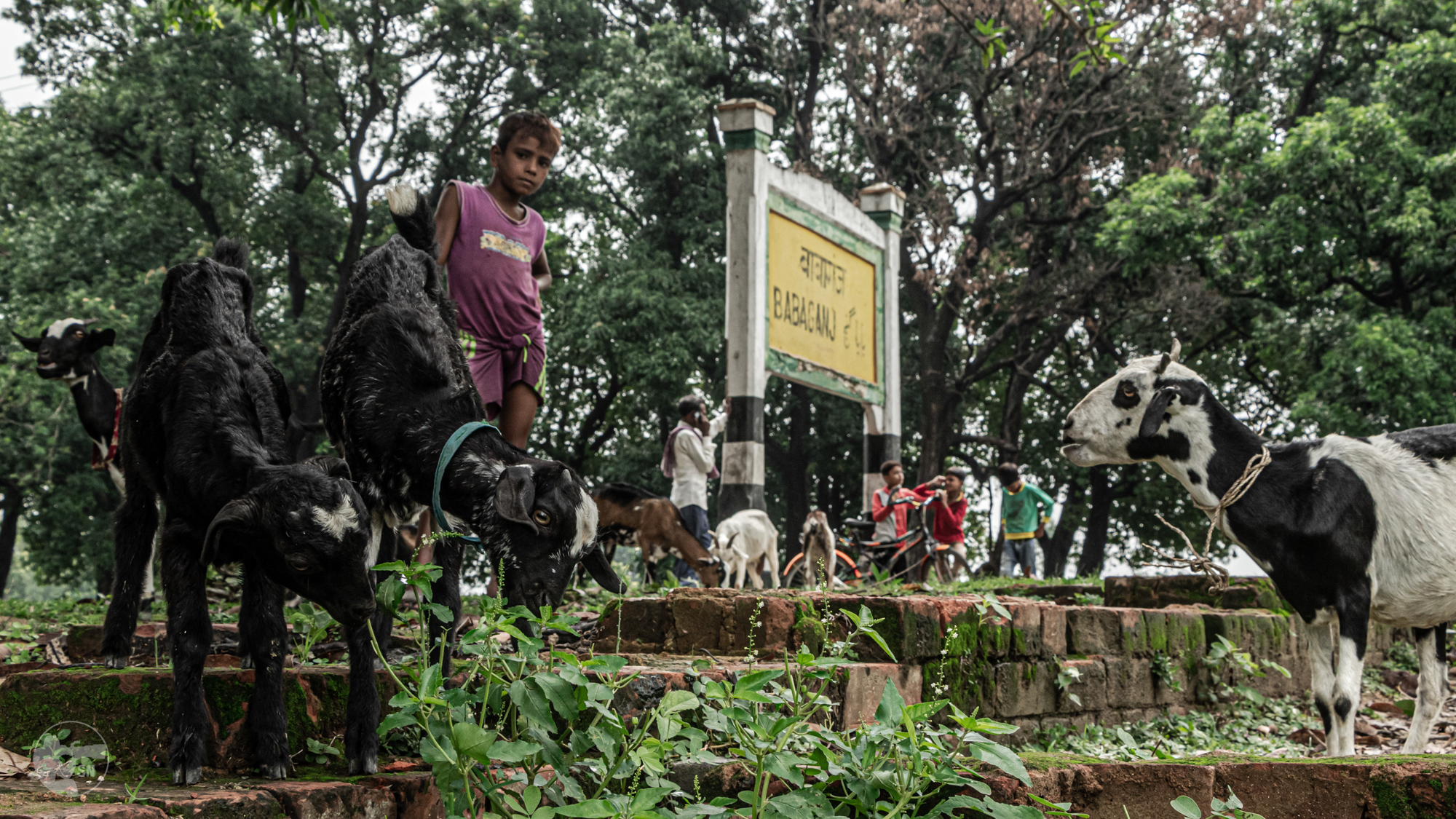
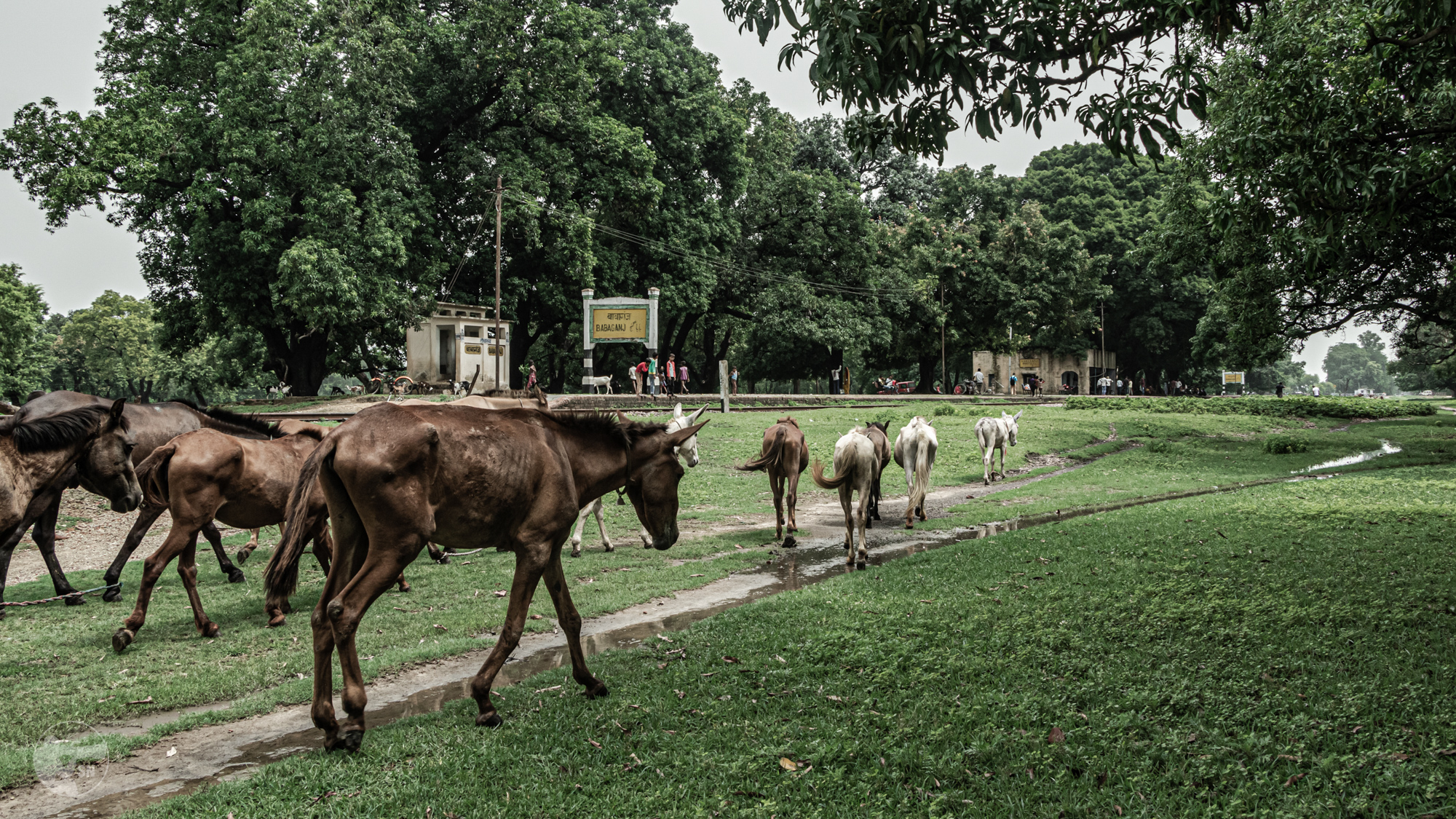

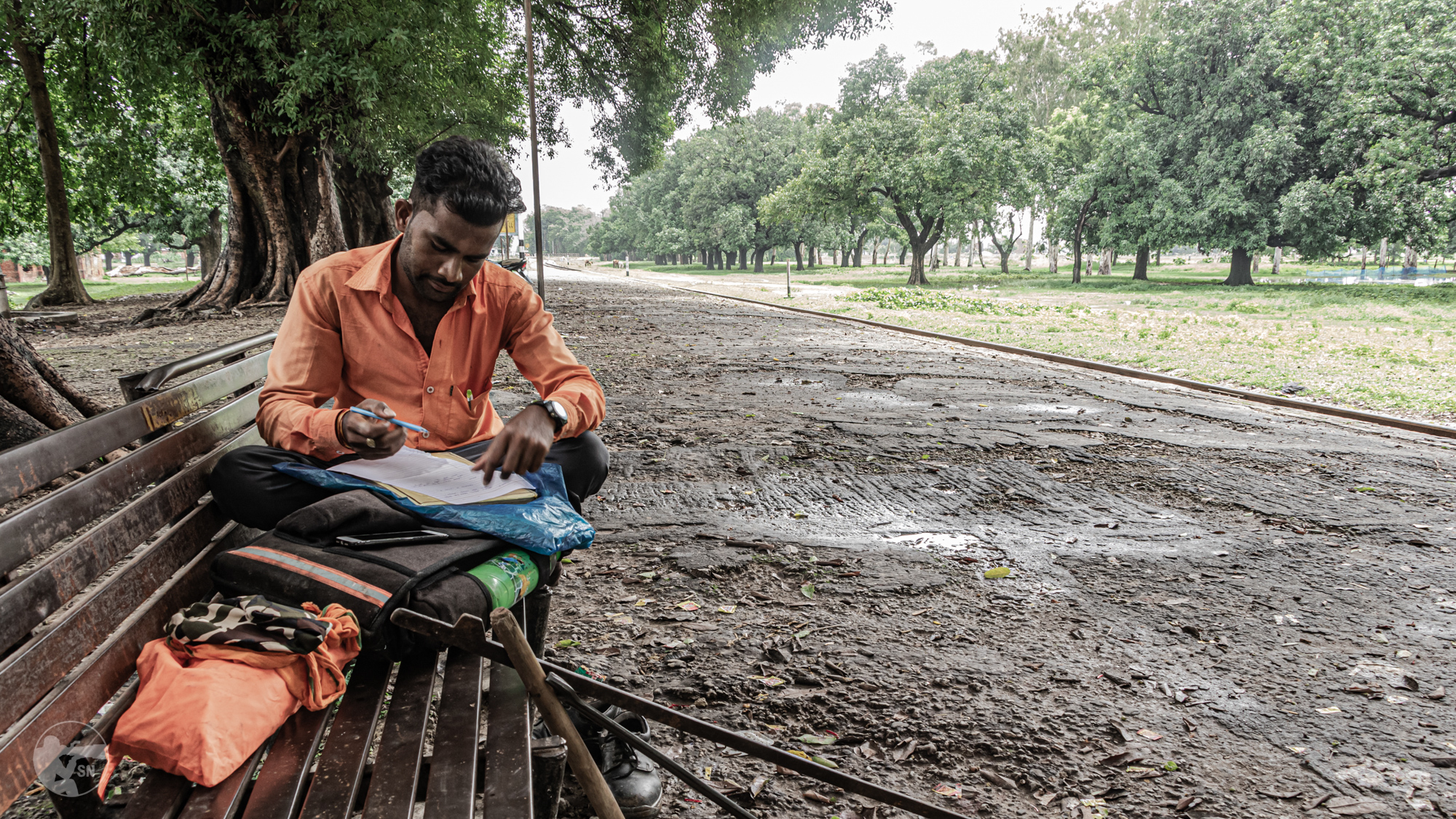
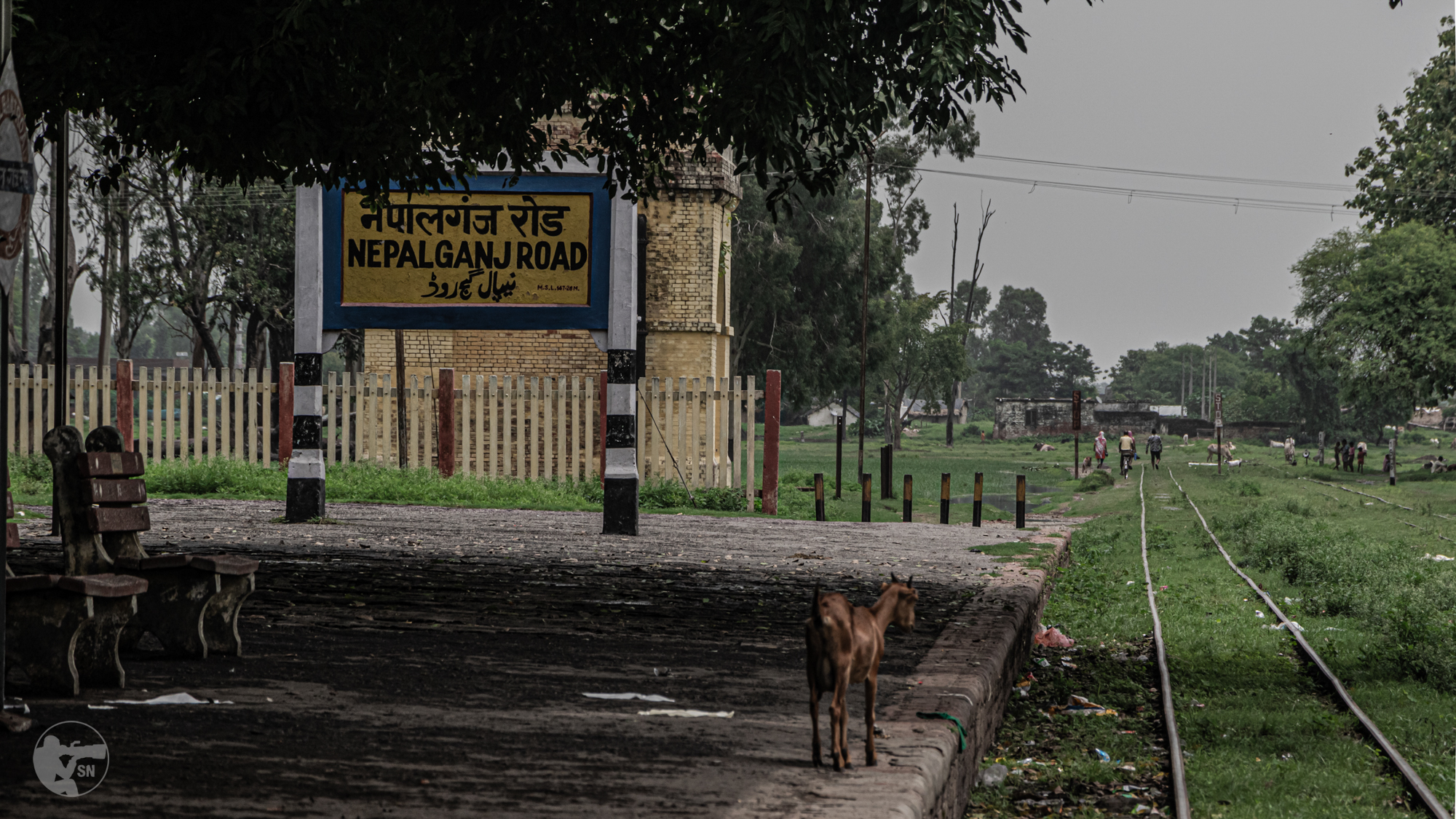
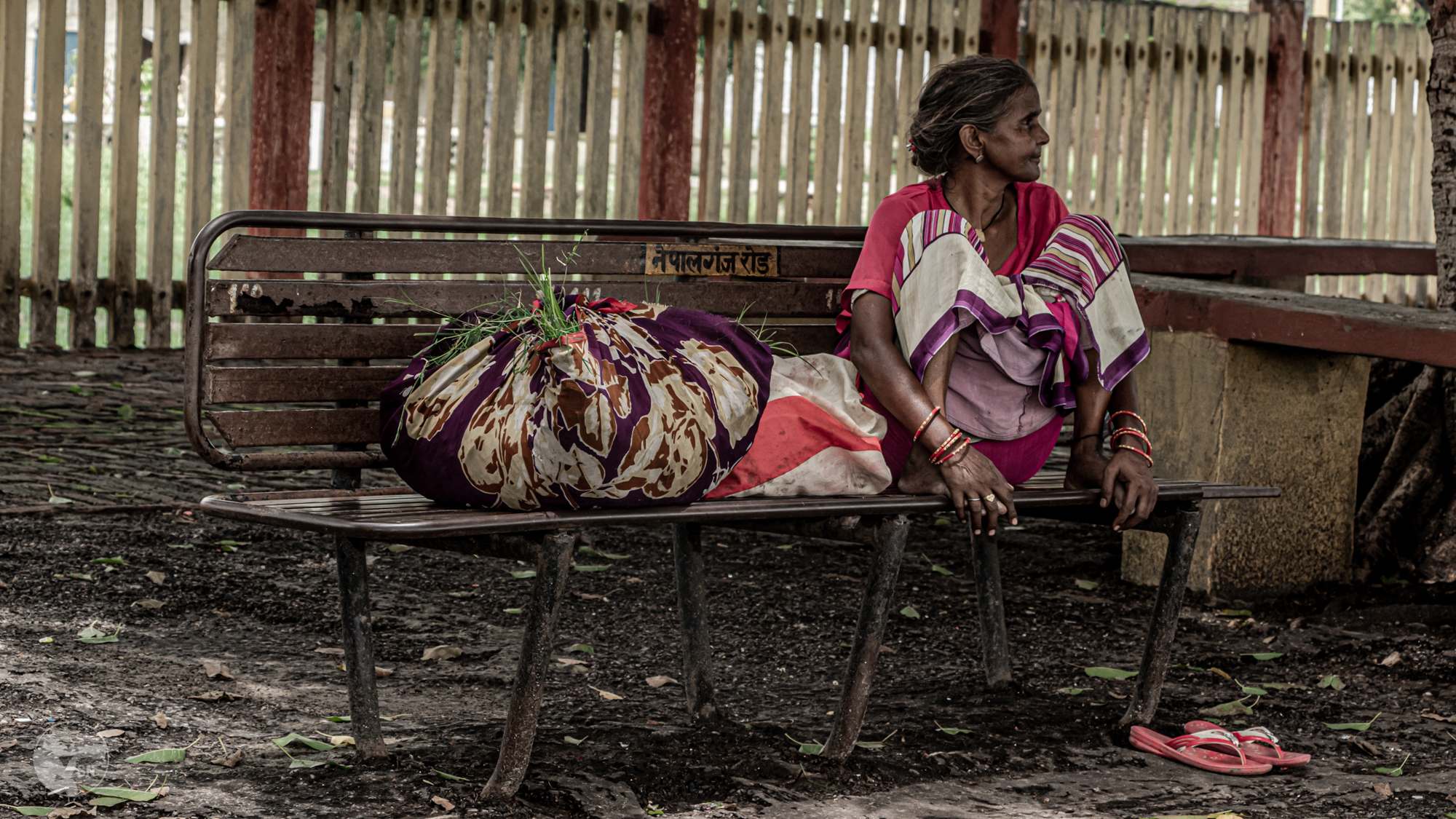
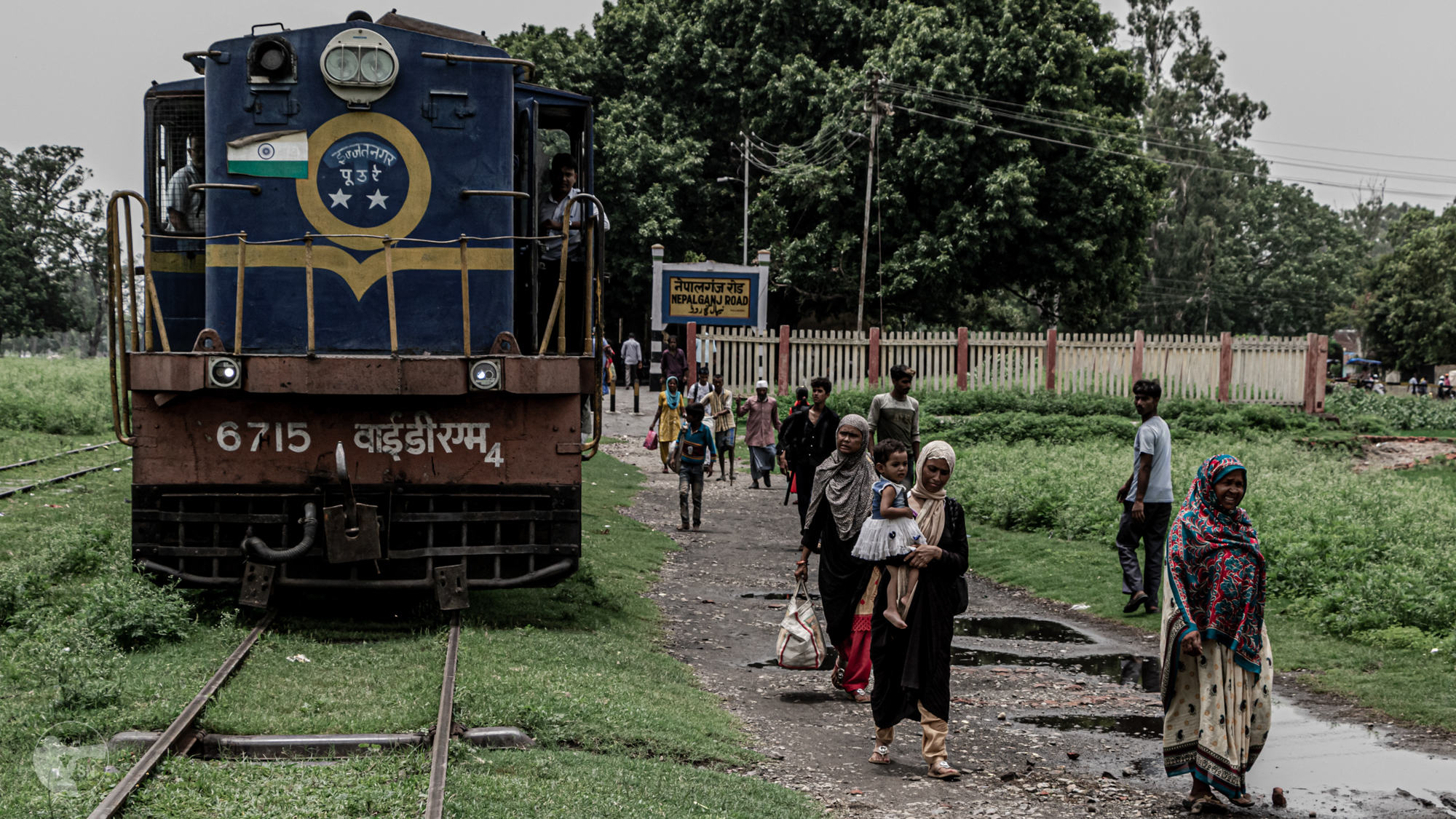
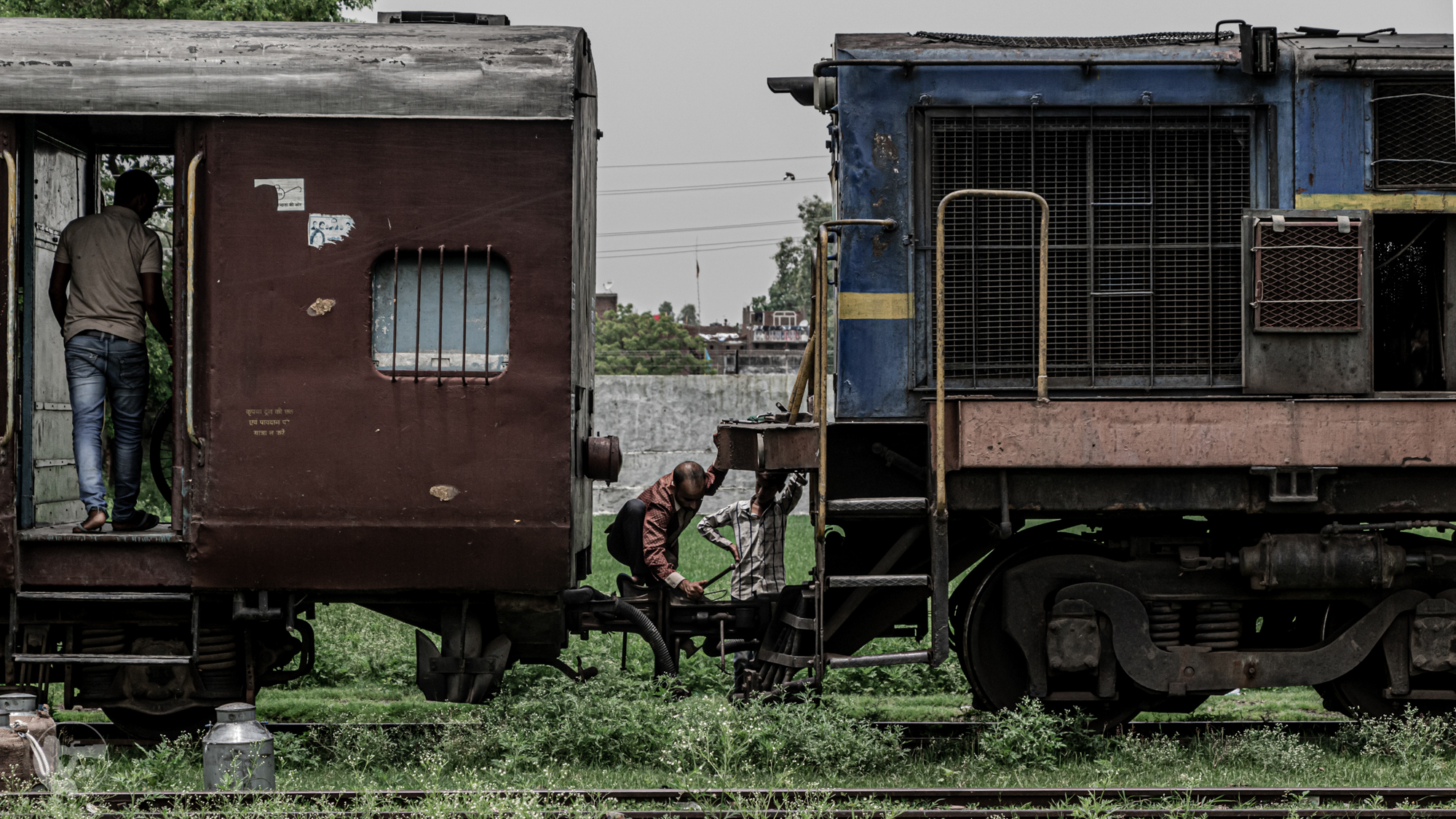
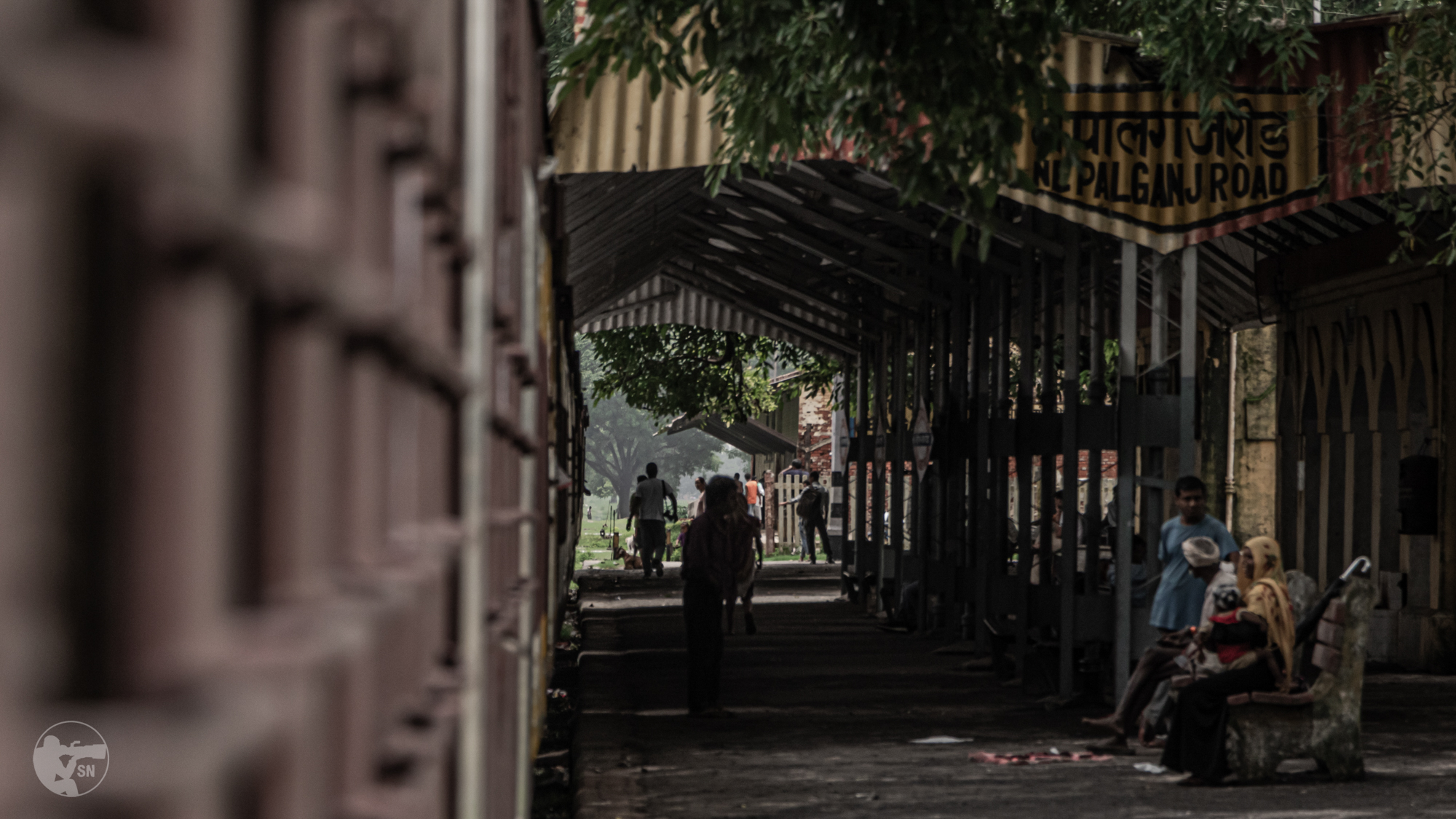
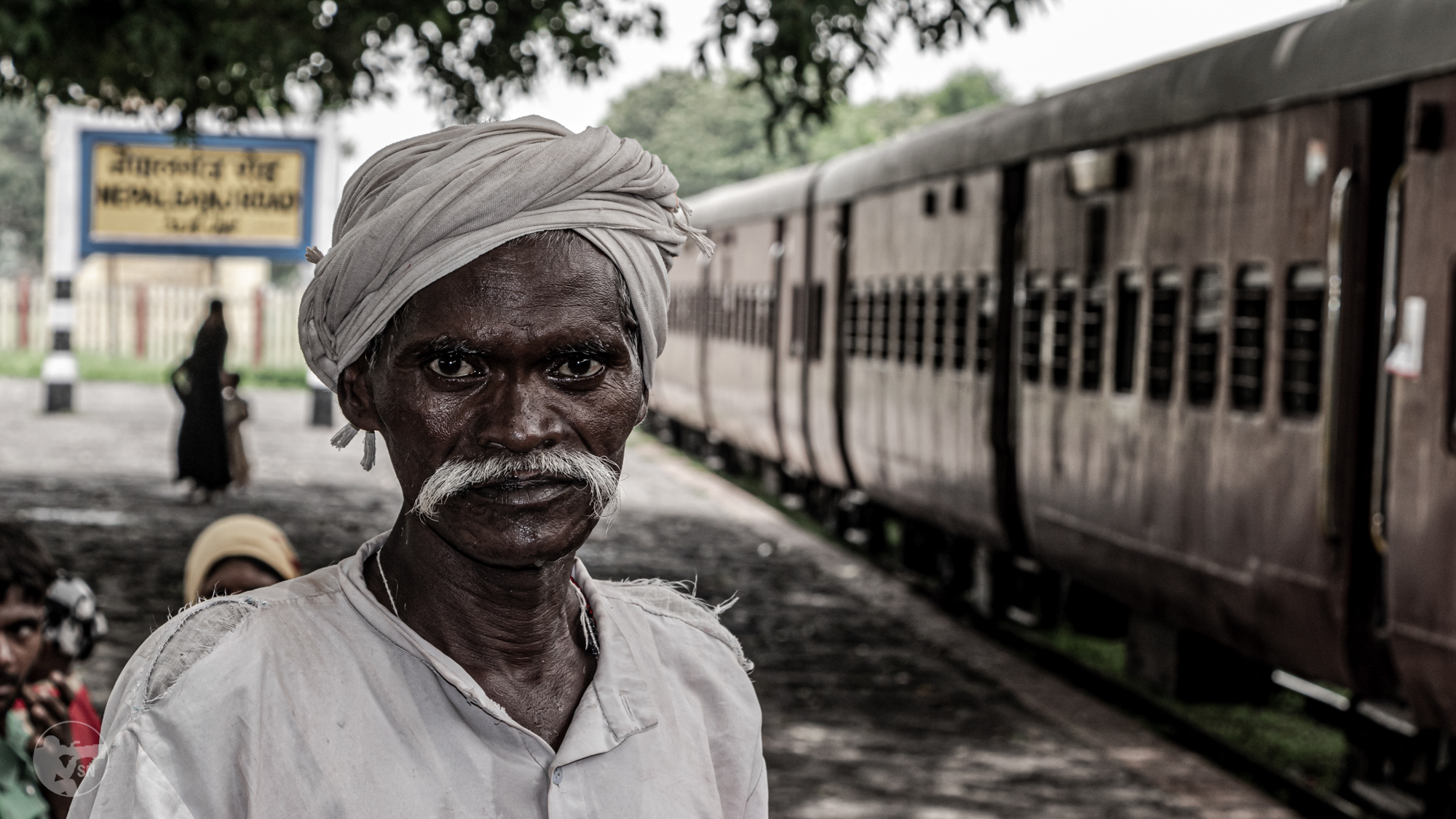
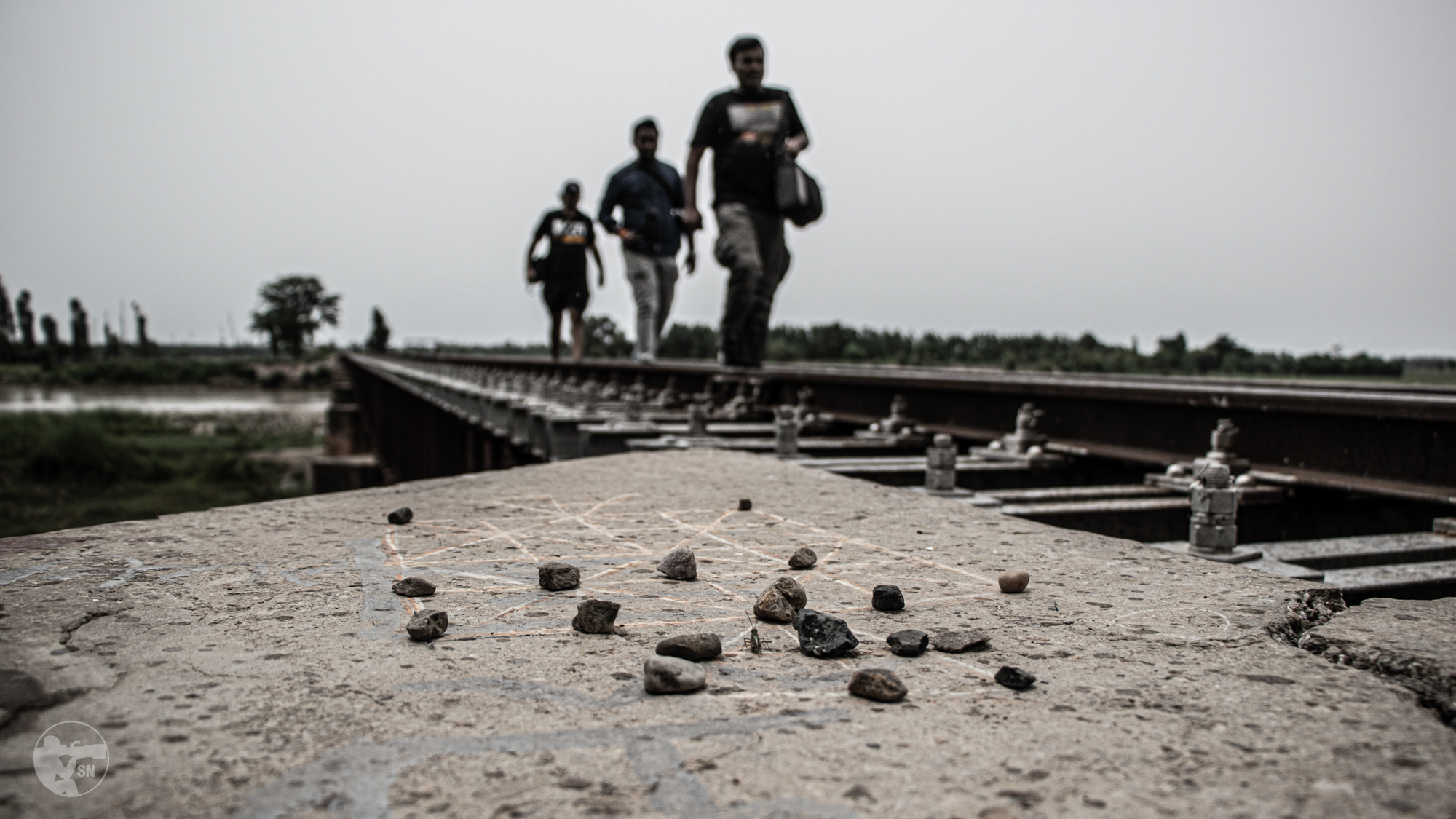
Beautiful images and text.
Beautiful pictures of trains and stations. I am also a rail enthusiast and have traveled a large part of India in trains. I also collect platform tickets, the old card type, oldest one I have from Gujarat, with a face value of one anna printed on it. I have traveled on a large number of meter and narrow gauge lines.